The wood in all its splendor in Ambie Abaño’s art
By Maricar CP HamptonPrintmaker Maria Victoria “Ambie” Abaño’s love affair with wood began in the course of exploring her range as an artist. That would be in her formative years as an art student when she pushed aside her oils and began to tinker with wood as print blocks.
Batangas-born Ambie was in New York recently as an artist-in-residence of the Asian Cultural Council (ACC), a non-profit organization that offers grants to Asian artists, scholars and arts & humanities professionals. For six months, Ambie – who is president of the Philippine Association of Printmakers and faculty member at the UP College of Fine Arts – created more art in the city and shared with fellow artists the art she is capable of making: masks, stools, installation art where wood meets paper, textile or metal.
In New York, she indulged in the cosmopolitan leisures of listening to classical music and watching theater. There were trips to museums and art sites, and visits from resident curators from different parts of the world. She also learned to ride the subway and walk alertly like any survivalist New Yorker.
In the following interview, Ambie takes The FilAm back and forth into her love affair with wood, and how, like lovers, she and her medium “respond to each other.”
TF: How has New York life been for the last six months?
AA: It’s an experience of a lifetime that I know will have a lasting impact on me as an artist and a person. It allowed me to experience and participate in the rich art and culture scene. I visited museums, galleries, studios and art events (and these experiences) widened my exposure to the diverse contemporary art practices of New York. Living and working in a different environment, I learned to be independent. I had to find my way to go to places via subway, do my own laundry, source and transport my stuff to and from the studio, scavenge in the street for alternative materials I can use for my works, etc. Unlike in the Philippines where I can easily get help when needed, I had to do the carpentry work required for my art, like sanding and cutting wood, painting my walls, cleaning up, etc. I learned to be resourceful and innovative. I even experienced hurricane Sandy – losing power and walking down 27 flights of stairs to evacuate.
TF: Where did you live?
AA: The ACC provided me an apartment in downtown Manhattan and a work studio at the International Studio and Curatorial Program in Brooklyn.
TF: How were you chosen for the residency?
AA: The ACC Artist Residency Grant is quite popular in the visual arts community in the Philippines especially now that there is the ACC Philippines. Many Filipino artists have been given the grant as early as the ‘70s. I simply applied for it at a time I felt comfortable – when I thought that I was ready to explore and experience being and working away from my comfort zone.
TF: As a printmaker, why do you favor wood as your base material, instead of, say, rubber or metal or stone?
AA: I like the visual qualities achieved in making woodcuts – the expressiveness of the cutting strokes and how the natural grains of the wood enhance the image. Also, working with natural material gives me a special feeling.
I have to try different woods. In sculpture it’s better to use hard wood but with printmaking I’m more comfortable with a middle-ground wood. Not soft not hard. Sometimes I also use recycled wood from demolished houses in Sampaloc. Sometimes I get a ‘yakal’ It’s hard to carve because of its property, so my work comes out different every time.
TF: Are there challenges to working with wood?
AA: There are always challenges working with any material. Though somehow, getting to know your materials and exploring the possibilities of how you can use them is more engaging than challenging.
TF: Where do you get your inspiration?
AA: It’s hard to say exactly. It may be from my immediate reality, my experience of it, my take on it, my desire to speak of it in visual form. From my experience, whenever I become very involved with my work, there comes a point in the process where ideas simply start coming to mind one after another. This I feel could only come from an external guiding force, a greater entity. It is the most exciting part of the process for me.
TF: I read somewhere that you are an architect by profession. How did you get into printmaking?
AA: I attended painting classes at the Print Collections Gallery/Workshop, which was next door to where my family lived. My teacher, Benjamin Torrado Cabrera, introduced me to some techniques in printmaking. I was 15 then, but it was not until 12 years later that I came to really appreciate the medium when I became a member of the Philippine Association of Printmakers. I had spent the previous years exhibiting paintings while attending college for a degree in Architecture.
TF: Is that how you were “discovered” as an artist? Of course, architecture is also a form of art.
AA: It was incidental rather than intentional. One summer in high school, when I had intended to attend a theater workshop, I had to settle for painting lessons because I did not make it to the registration for the theater workshop. I came to like oil painting so I attended more lessons the following summers. In 1987, my teacher, Ibarra dela Rosa encouraged me to join the Art Association of the Philippines Open Art Competition and I won the grand prize. I realized that I could not have won if my heart was not into painting, so I pursued it and came to know and love visual arts even more.
—————————————————————

The chocolate for anti-aging, weight loss and energy.
For more information, click here.
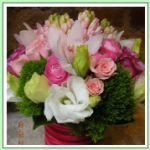 FANTASIA FLORAL DESIGN for flower orders that will impress that special person in your life this Valentine’s Day or for any occasion. Click here to order your Valentine gifts
FANTASIA FLORAL DESIGN for flower orders that will impress that special person in your life this Valentine’s Day or for any occasion. Click here to order your Valentine gifts



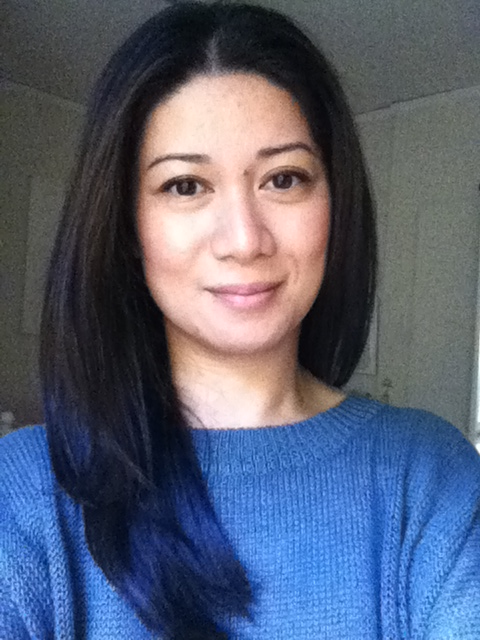
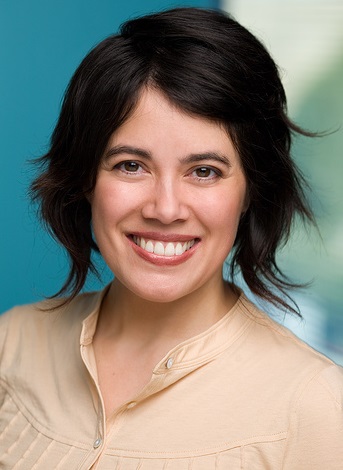
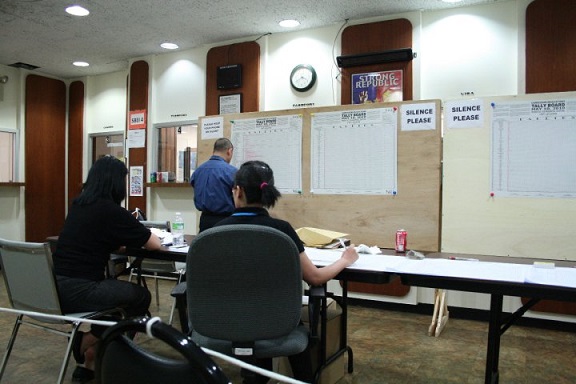
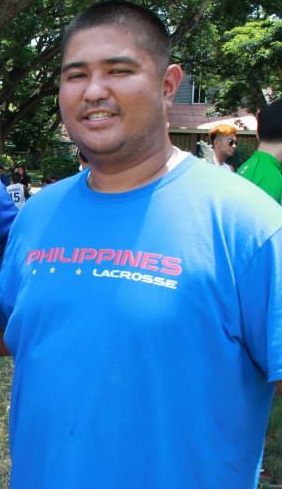

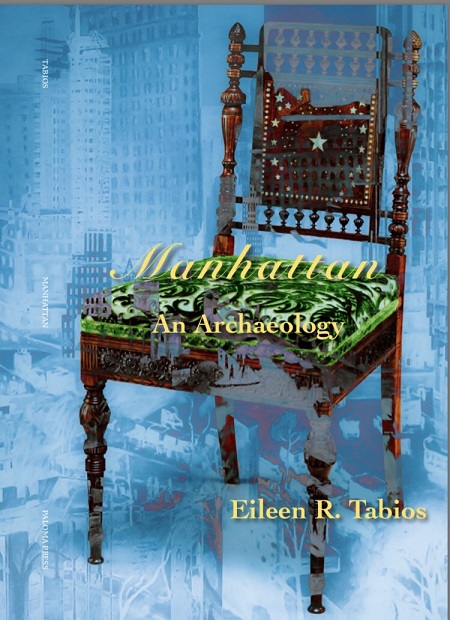
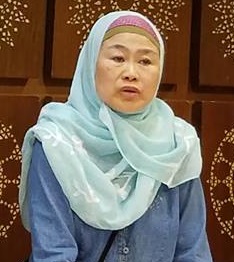
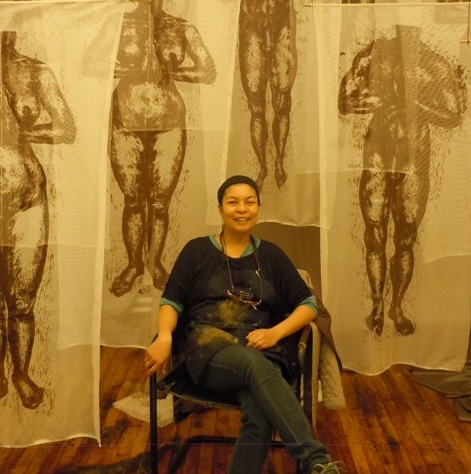
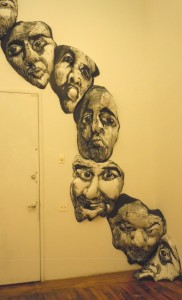

Enjoyed reading this article about a Filipina wood artist in New York.